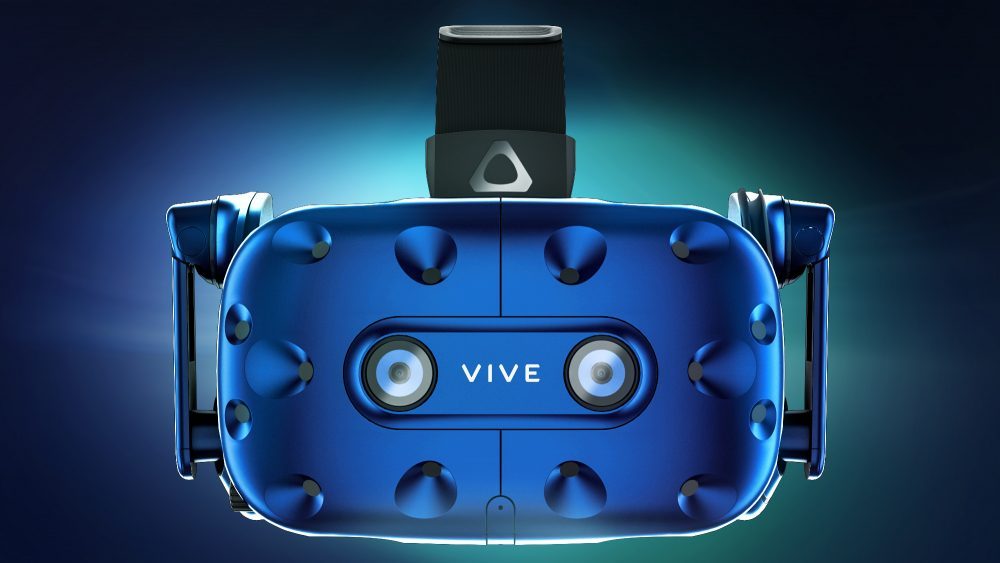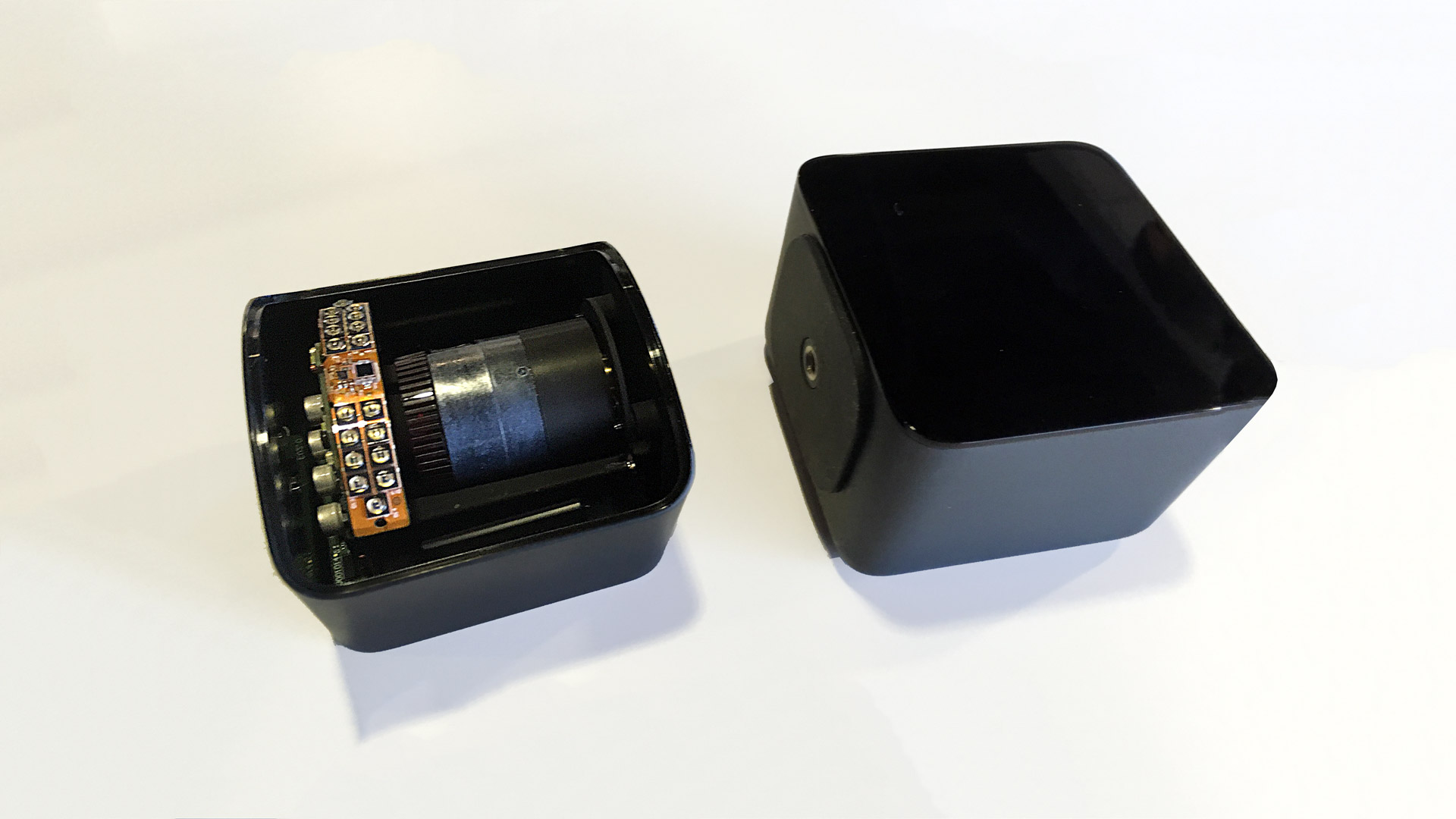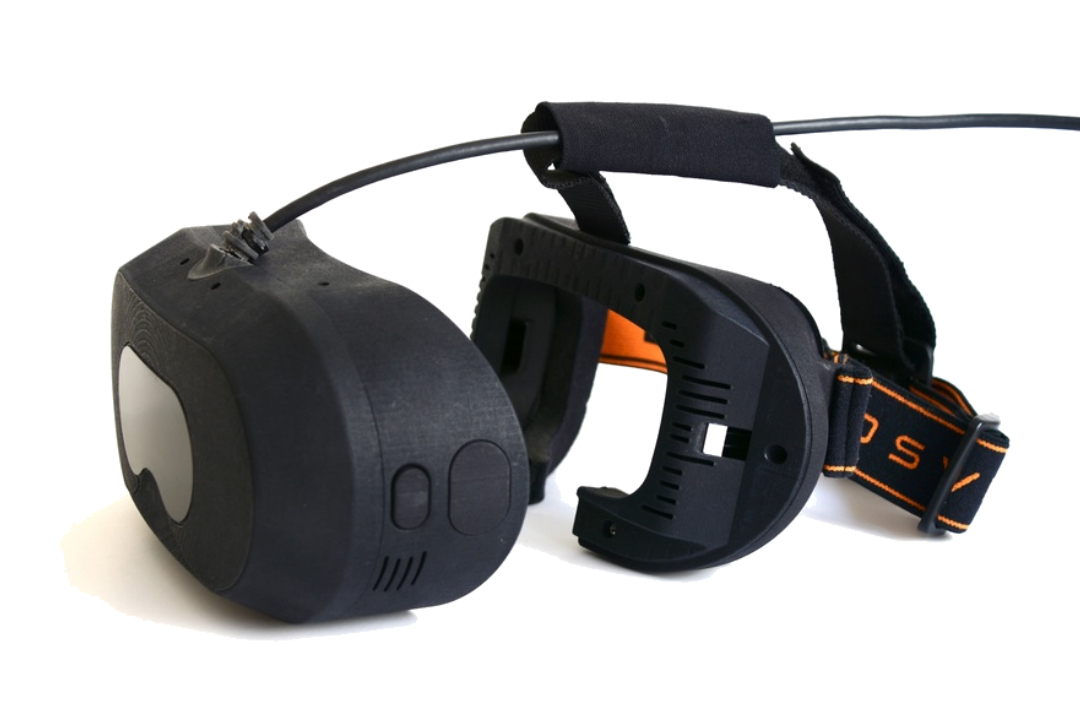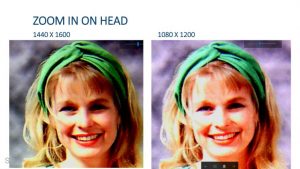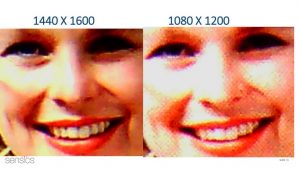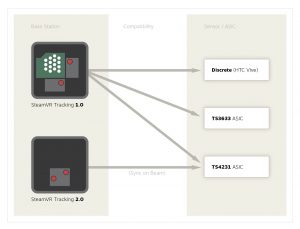One of the Holy Grails to rise above the first generation of VR is to move from room-scale tracking to warehouse or house scale tracking. During the The Courier prototyping phase, the iMyth crew was able to extend the Steam VR Tracking to 20 feet by 20 feet. There were artifacts with this scale including dead zones and intermittent spotty coverage. I have been anxiously waiting the arrival of Steam Tracking 2.0. I though it would be available by last December however it is only just starting to show up with certain Vive Pro packages.
To hype the release of the new Steam VR tracking, Vive China President Alvin Wang Graylin Twitted a video of seven new SteamVR 2.0 base stations hooked up to a single Steam account after a SteamVR beta update. Inside the video, a participant navigates continuously through three separate rooms and interacts with multiple tracked objects. Seven V2.0 Lighthouses were used to track the experience space. We have no idea what the viewing experience was like but it did not seem as if the participant was slowed by dropped coverage or dead zones. He even travels through closed doors.
https://twitter.com/twitter/statuses/1016992465742585857
One of the really impressive aspects of this is that the group achieved a tracking area 67 square meters which more than double the recommended size of 25 square meters of the Steam Tracking 1.0. Here is the floor space schematic of the test.

While currently being distributed, Steam Tracking 2.0 is still being developed and it will still be a while before technology at this scale reaches the consuming public. Evidently the off-the-shelf version of the trackers will only work with 4 trackers not 7 as reported by lead Steam VR Tracking developer Alan Yates. He confirmed that while it is possible to link 4 lighthouses at the moment, the released video is still prototype and a bit premature.
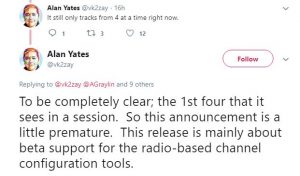
Even though 7 Lighthouses is still not within grasp, I would still love to get my hands on 4 Lighthouses. Who knows? Maybe if the Lighthouses could be daisy chained in a linear sequence we could still achieve 75 square meters of tracked coverage. The imagination just spins!

